Thermal Transfer Label Printers vs. Direct Thermal Label Printers: A Comprehensive Comparison
In recent years, there has been significant progress in label printing. Currently, there are mainly two types of thermal label printers on the market: thermal transfer label printers and direct thermal label printers. However, many people are still unsure about their applications and how to choose the right one for their specific needs. In this article, we will compare thermal transfer label printers and direct thermal label printers through several interesting questions, allowing you to easily comprehend their differences and applications.
Q1: Can you print thermal transfer labels with direct thermal printers?
The answer is NO. Both thermal transfer and direct thermal printers work by heating the print head, which then comes into direct contact with the print media to produce text or images of specific colors. Let's take a quick look at the principles of both:
Direct thermal label printer: The working principle of a direct thermal label printer involves the use of a thermal print head(TPH), thermal paper, and a platen roller. When a label comes into contact with the TPH, the heat generated by the TPH melts the dye and acid on the thermal paper, causing a chemical reaction that produces color.
The only consumable for this type of label printer is thermal paper, which has a thin coating containing special chemical substances called colorless dyes. Once the appropriate conditions are met, they undergo a chemical reaction, and the newly produced substance can absorb visible light, allowing us to see the color on the label.
Thermal transfer label printer: The heat released by the print head transfers the ink on the carbon ribbon to the print label. Specifically, the ink on the PET film of ribbon changes from solid to liquid under heat and is transferred to the printing surface of the label, displaying the content that needs to be printed.
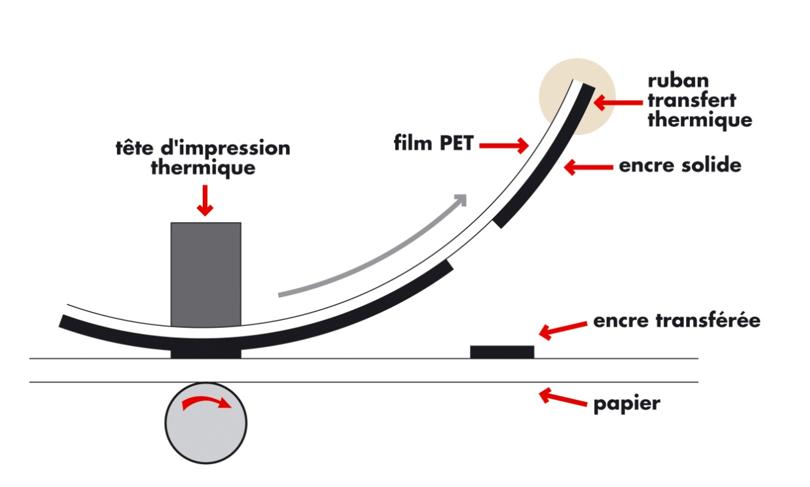
Thanks to this unique transfer medium(ribbon), thermal transfer label printers can print on a variety of label materials, such as adhesive stickers, PET, PVC, copperplate paper, and washable labels.
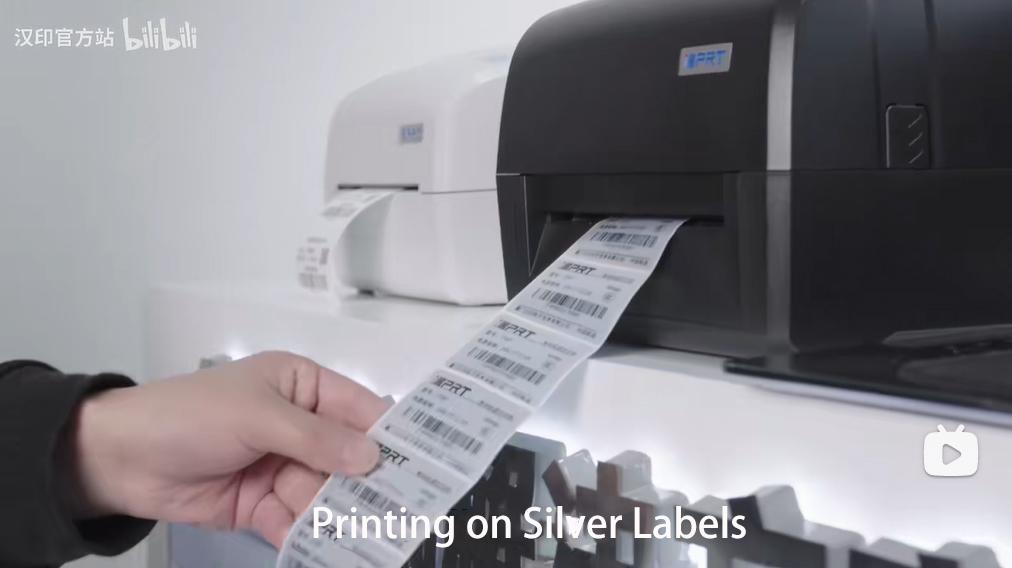
If you load regular copperplate paper labels into a direct thermal label printer, you won't see anything printed on the label because it lacks special colorless dyes. On the other hand, using a thermal transfer printer to print thermal direct labels is generally possible, as most thermal transfer label printers also support thermal direct printing, and you can simply select the thermal direct printing mode when printing.
Q2: Which printer is better for printing labels that need to last a long time?
Without a doubt, you should prioritize the thermal transfer label printer. The essence of this issue is the comparison of the durability of labels generated by thermal transfer and direct thermal printers.
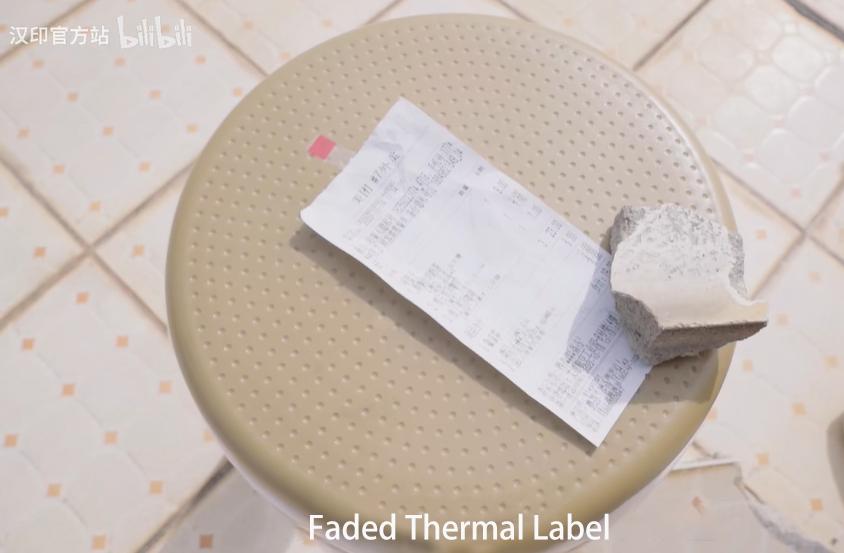
Labels generated by direct thermal label printers generally have a lifespan of six months to one year (the specific time depends on factors such as the storage location, temperature, light exposure, and correct usage). Therefore, direct thermal printers are suitable for industries that require frequent label updates and have lower quality requirements for labels, such as households, supermarkets, clothing, logistics, and retail.
Labels printed by thermal transfer printers can be used for a longer time, usually more than two years (the specific lifespan is also affected by factors such as storage environment, label paper, and carbon ribbon quality). In addition to excellent durability, thermal transfer labels also have many outstanding features.
HPRT, as a professional manufacturer of printing equipment, has conducted a series of scientific experiments to test the durability of thermal transfer labels under harsh conditions such as high temperature, rubber wiping, and alcohol wiping. The results show that the label content remains clear and intact.
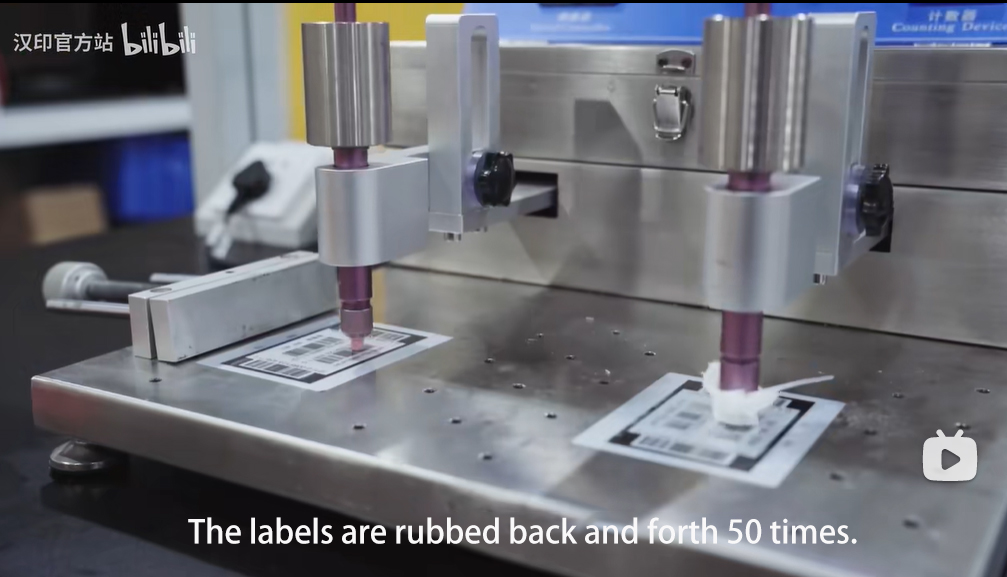
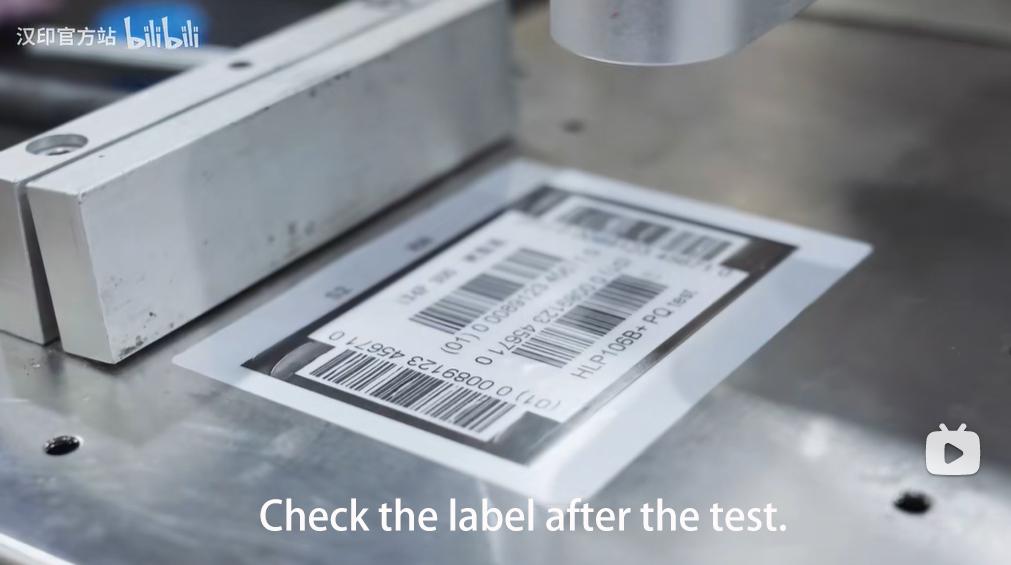
Thermal transfer labels are wear-resistant, chemical-resistant, moisture-resistant, heat-resistant, and sun-resistant. Therefore, thermal transfer label printers have been widely used in industries such as food and beverage, manufacturing, and medical where printed labels must endure harsh conditions like cold storage, high humidity, and other harsh conditions.
Q3: Which thermal label printer has a higher resolution?
In general, thermal transfer label printers have a higher resolution.
The common resolutions for direct thermal label printers are 203dpi and 300dpi, while in industries such as jewelry and medical equipment, some high-end products printed with thermal transfer technology can achieve resolutions of up to 600dpi or even higher.
HPRT provides a wide range of thermal transfer label printers for you to choose from, with covering printing widths from 2 inches to 4 inches, and a maximum resolution of up to 600dpi. They can print on various label materials such as adhesive stickers, washable labels, silver paper, and copperplate paper. If you would like to get more details about our products, please feel free to contact us at any time.
Q4: Which type of thermal printer is more cost-effective?
Direct thermal label printers require no additional consumables beyond the printing material, resulting in lower long-term maintenance costs.
Thermal transfer label printers require the use of carbon ribbon, which increases the cost of consumables compared to direct thermal printers. However, the lifespan of the thermal transfer printing head is usually longer than that of the direct thermal printing head. This is because the direct thermal printing head comes into direct contact with the label, while the carbon ribbon of the thermal transfer printer provides protection for the printing head, reducing wear and tear. Therefore, the lifespan of the direct thermal printing head is often shorter than that of the thermal transfer printing head.
Overall, thermal transfer label printers are more expensive. When choosing between the two, it is important to also consider factors such as print quantity, label material compatibility, and overall usage requirements. Ultimately, cost should be only one factor to consider.
Summary
The choice between thermal transfer label printers and direct thermal label printers depends on various factors, including print quantity, cost, and label material compatibility. By understanding the differences between these two types of thermal label printers, we believe you can make an informed decision based on your specific business needs.


评论
发表评论